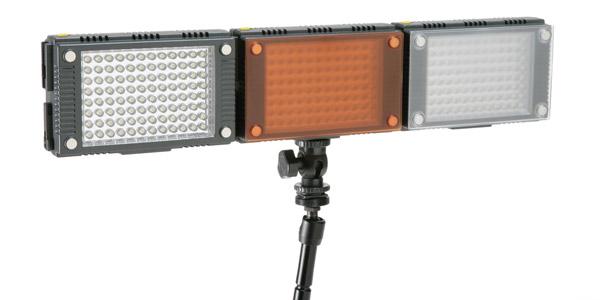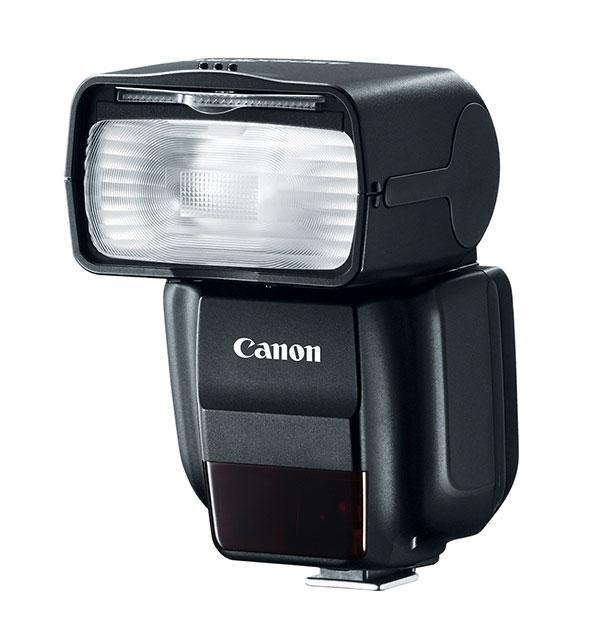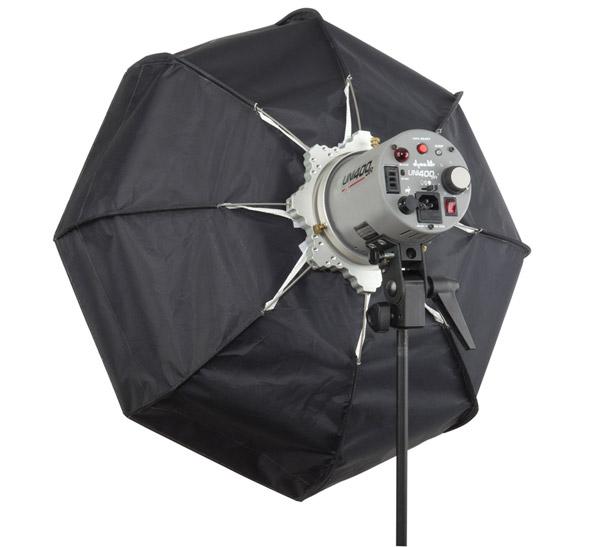Lighting News
Sort By: Post DateTitle Publish Date
|
Nov 18, 2011 |
First Published: Oct 01, 2011
|
Oct 15, 2013 |
First Published: Sep 01, 2013
|
Mar 11, 2014 |
First Published: Jan 01, 2014
|
May 02, 2014 |
First Published: Mar 01, 2014
|
Jan 10, 2012 |
First Published: Dec 01, 2011
|
Nov 18, 2016
|
Jun 01, 2011
|
Dec 08, 2011 |
First Published: Nov 01, 2011
|
Mar 23, 2018
|
Jul 08, 2015
|
Feb 25, 2018
|
Apr 12, 2012 |
First Published: May 01, 2012

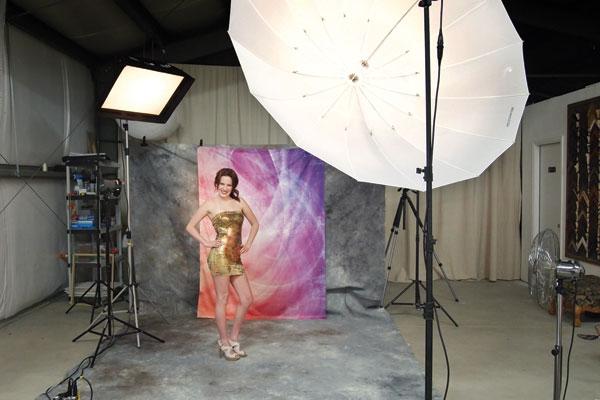
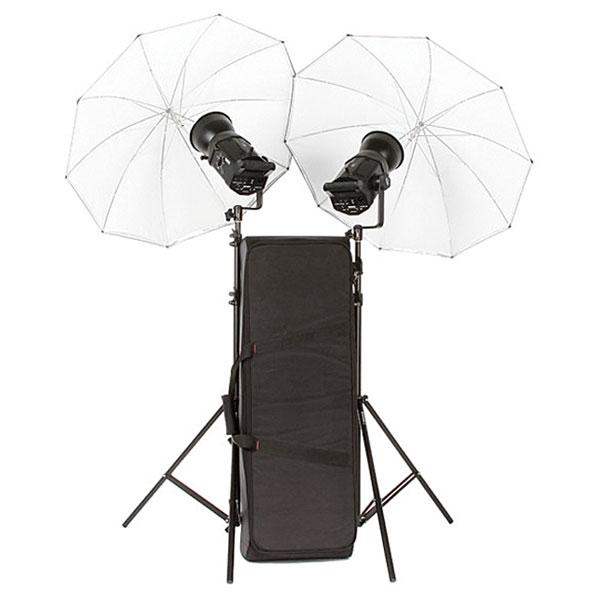
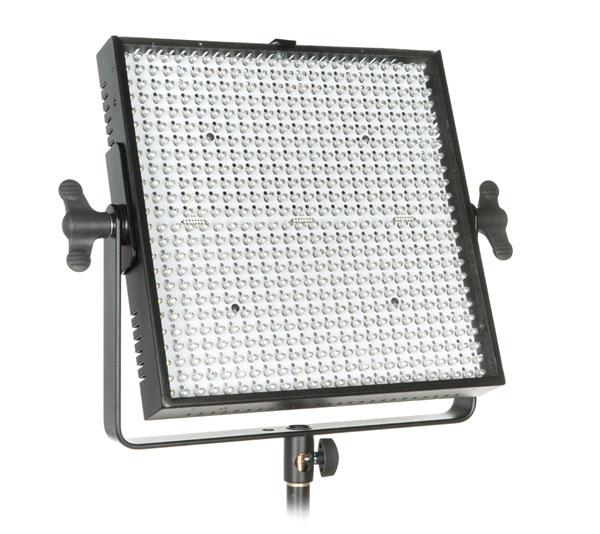
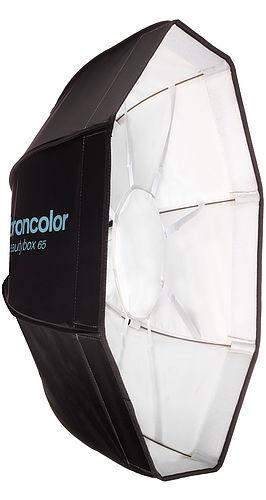
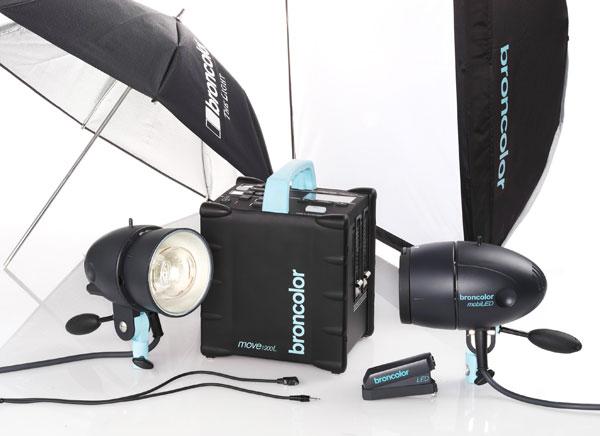


 I’m not an equipment snob. That applies to both cameras and lighting gear. I’ve always believed that it’s that gray matter in back of your eyeball that determines whether or not you get a decent image, not the price tag on your gear. I like fast lenses and dislike variable apertures, so I pay for them. With lighting equipment, higher prices usually mean more power, more features and flexibility, and better construction. With that in mind, let’s see what the very reasonably priced Genesis 300 B monolight ($399 with battery) from Calumet offers.
I’m not an equipment snob. That applies to both cameras and lighting gear. I’ve always believed that it’s that gray matter in back of your eyeball that determines whether or not you get a decent image, not the price tag on your gear. I like fast lenses and dislike variable apertures, so I pay for them. With lighting equipment, higher prices usually mean more power, more features and flexibility, and better construction. With that in mind, let’s see what the very reasonably priced Genesis 300 B monolight ($399 with battery) from Calumet offers.